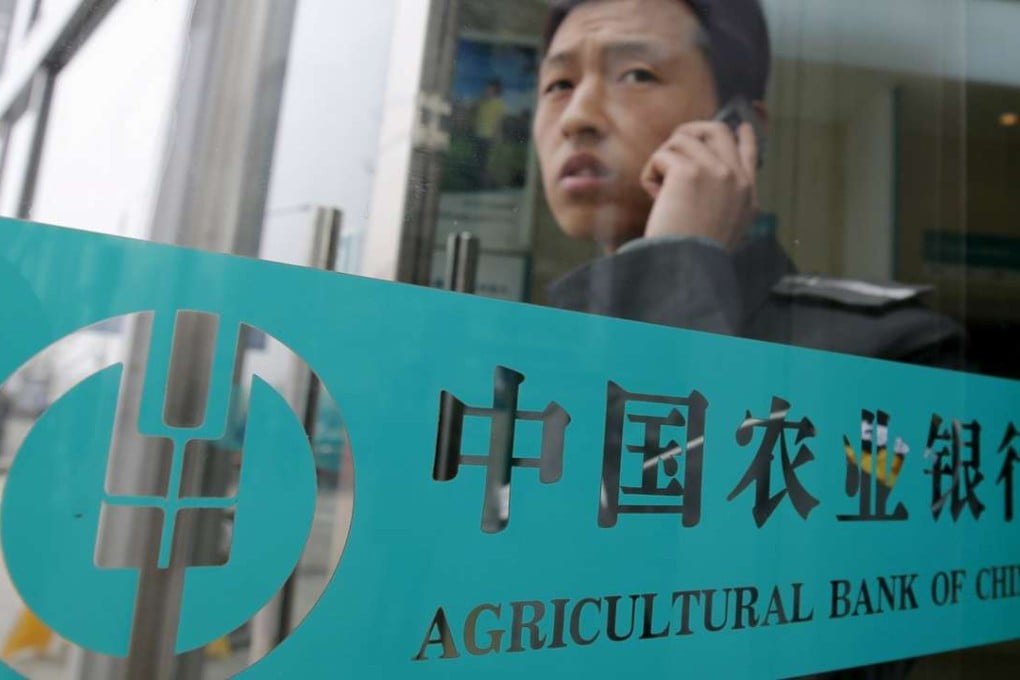China’s big 5 banks lost 274 billion yuan in bad debt write-offs in first nine months

China’s big five banks are losing money from writing off bad debt at a rate faster than they have been able to earn profits or raise capital this year, diminishing hopes that the industry could start to put the worst of China debt problem behind it next year while the non-performing loan (NPL) ratio is still climbing.
Led by the Agricultural Bank of China, which set the industry record for worst NPL ratio of 2.39 per cent, the average NPL ratio at the national “big five” has climbed back to 1.72 per cent, up from 1.69 per cent recorded by the China Banking Regulatory Commission at the end of June. The increase follows a brief hiatus from what seemed to be an improvement from earlier figures.
Total losses from bad assets at the big fiveamounted to 273.7 billion yuan in the nine months ended September, versus the 776.9 billion in net profits and 1.8 trillion yuan in new capital they raised mostly through bond and rights issues so far in 2016.
artly because of central government pressure to fix the bad debt issue, banks are reporting a 54.6 per cent higher bad loan loss figure compared to a year ago. At the same time, net profits came in flat, reaching an average of just 0.89 per cent when excluding a one-off 9.9 per cent gain by Bank of China from a series of internal asset transfers within its Hong Kong business.
“If ICBC could begin to show it is stabilising on its level of non-performing loans formation, we could start to confirm the thesis that we are to see a peak on the non-performing loans issue in the banking industry next year,” said Shujin Chen, research director at DBS Vickers.
The bank, by far the nation’s biggest by assets, reported a jump in its NPL ratio to 1.62 per cent at the end of the third quarter, up from 1.55 per cent in June.
ICBC also took the lead in testing the government’s regulatory line by lowering its bad debt provision level to 136 per cent, down from the previous 143 per cent. China’s banks are expected to hold a minimum of 150 per cent more capital against their balance of bad debt.
